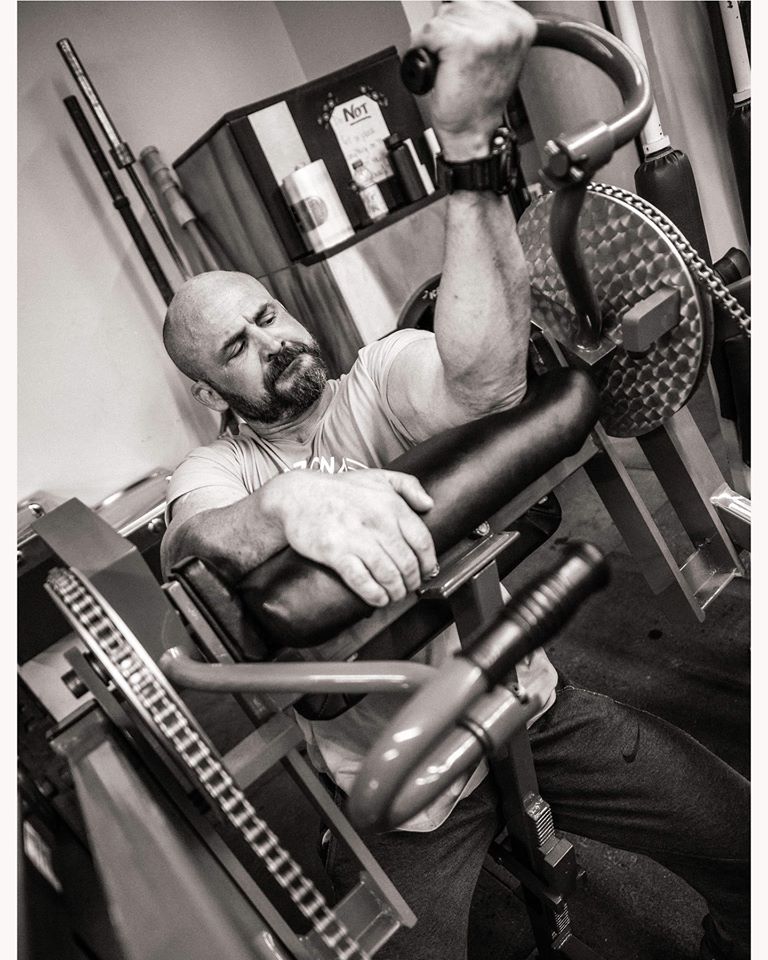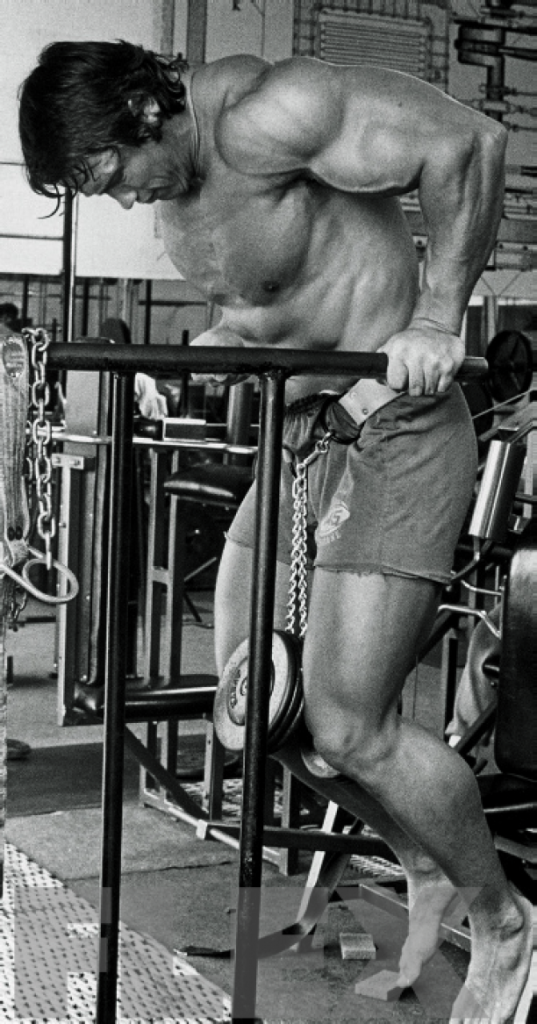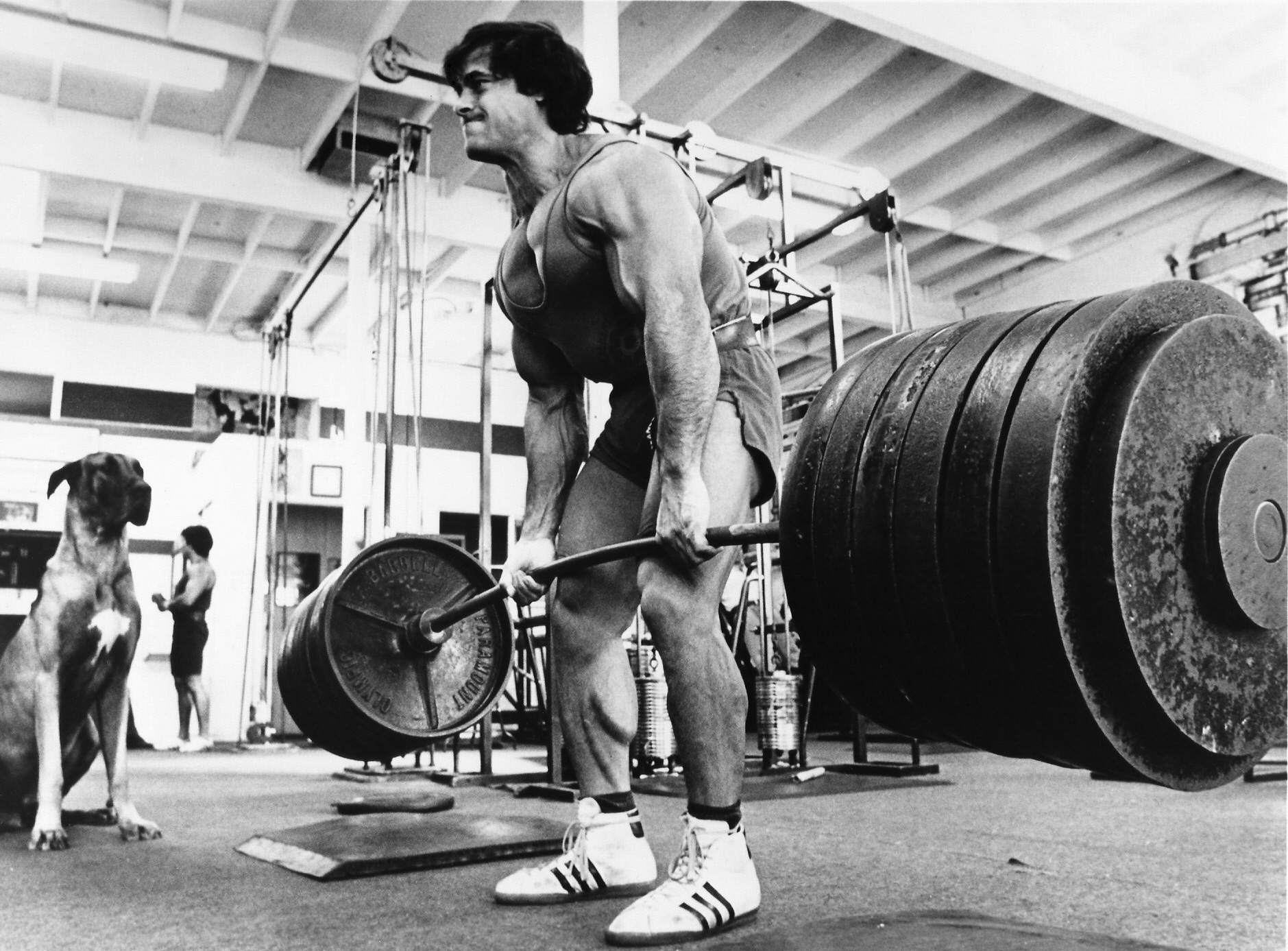In the most basic terms, Hypertrophy refers to an increase in the size of a…

Introducing Iron Athlete Powerlifting Clinics: Interview with Coach Rich Wenner
Last July, I interviewed Rich Wenner, Associate Head Sports Performance Coach for Arizona State University. We talked about his work with the university’s basketball teams and baseball team, about his career coaching NCAA Championship teams, NCAA Champions, Pac-10 teams and champions, as well as about his own powerlifting career (during which he established over 20 national records and 2 world records). Iron Athlete is thrilled to announce that Rich will be heading up our new Powerlifting Clinics. In this interview, Rich takes the time to explain a bit of his approach to powerlifting, as well as what participants can expect from these clinics.
You can read Rich’s full bio as well as his first interview here.
Tell me about the Powerlifting Clinics—what material do you intend to cover, and who can benefit from attentinding?
I would like to cover basic technique for the squat, bench press, and deadlift, as well as little tweaks to fit each lift to the individual. Additionally I hope to talk about auxiliary exercises to strengthen weak points for each lift. My goal is to give participants the materials so they can think on their own rather than follow along blindly from a technical standpoint. It’s amazing how a subtle, gentle tweak such as a flair of the foot, a bar adjustment, or a modification of a stance can make a lift feel more natural. I see many people trying to make a prescribed technique work by fighting their own bodies. These clinics will be geared towards raw lifters with beginner to intermediate levels of experience.
Let’s say you have an absolute newbie who wants to get started in powerlifting. What do you assess about his/her movements first? Then what do you do to prepare him/her for a first meet?
First, I would watch the athlete perform each lift to evaluate technique. From there, I would determine what changes if any are needed to make the lift their “own” so to speak—what works well with their lever lengths, flexibility, mobility and strength levels. Lastly, I would determine auxiliary lifts that complement their current form and/or weaknesses. Auxiliary exercises are extremely important not only for assisting them where they are now, but also for helping them refine their form as they progress in their training age. If necessary, I would also spend time developing the athlete’s work capacity to handle more volume.
What is the most common mistake you see in beginners that are trying to get stronger?
They frequently spend time testing strength instead of developing strength. There is an old saying that anything from 1-3 reps is “testing” strength, not developing it. While this can easily be disputed, in general I believe it has a lot of application for beginners.
Another common mistake is that beginners learn basic technique for each lift but don’t develop their own form. They could benefit a lot from understanding the how/why of auxiliary exercises and how to tweak the exercises to hit weak points. Frequently, beginners spend too much time on the competitive lifts and don’t develop general strength for different relative lifts, angles, and movements.
Lastly, I think beginners should learn about basic periodization and how one cycle of training relates to the next cycle in preparation and realization of the strength developed. Many people have gone a long way on basic linear periodization.
For competitive powerlifters, how important is GPP? How much would you incorporate in their training? What sort of movements/time frames?
I look at GPP maybe a little differently than most powerlifters. Growing up in a very rural blue collar farming community, I got my share of GPP at an early age. It came in the form of carrying things, lifting things, loading things, throwing things etc. I honestly believe that this was the start of a successful powerlifting career for me. It built a work capacity that allowed me to handle a large amount of work.
For a novice powerlifter, I would prioritize developing a base strength. I like to use 10’s and 8’s for 6-8 weeks, using lifts that are “1 or 2 away” (so to speak) from the competition lifts. These are lifts such as the high bar squat, front squat, no touch deadlifts, stiff leg deadlifts, incline bench, shoulder presses etc. They would spend very little time on the competitive lifts, just enough to develop technique. Medium weights, shorter rest—a hint of bodybuilding style, I dare say. Funny—years ago, powerlifters trained like bodybuilders during the off-season and bodybuilders trained like powerlifters in their off-season. And there were some damn strong powerlifters back then.
I also believe hitting a similar cycle 1-2 times per year would be beneficial for an intermediate powerlifter. Get away from the heavy weights, build a strength base and develop weaknesses.
As you get more advanced, I would work GPP into weekly workouts but would incorporate different means. These can be done on a separate day or at the end of a training session. For example, kettlebell ladders are terrific for building GPP. Also: sled drags, med ball complexes, prowler pushes and barbell/dumbbell complexes. I do believe that where powerlifters go wrong is they make these workouts a strength workout by pushing the weight and not focusing on volume and rest. Keep the workout a GPP workout, not another strength day. Three sets of 10 heavy kettlebell swings is not GPP as far as I am concerned. If you’re not getting 10-20 minutes of butt-busting work, you’re missing the boat.
What are your favorite accessory movements for the 3 main lifts?
Squats: I like pause squats, squatting to a box (old school style), front squats, overload set ups and lastly back extensions (with weight behind your head!)
Bench: negatives, iso holds, towel bench (when appropriate) and narrower-grip bench. Also, if you want to improve your bench, you should get your shoulders, triceps, and back stronger. Heavy dips and shoulder presses are awesome. For back work I’m not talking face pulls (they have their place) but heavy barbell rows and weighted pull ups.
Deadlifts: no touch deadlifts are a great strength builder, deadlifts standing on ONE plate, stiff leg deadlifts, and power cleans or power pulls. If you pull sumo, you should work on conventional strength and vice versa. For people who pull conventional, get your front squat and stiff leg deadlift strength up.
What are your favorite resources for strength and conditioning research?
I’ve done research and, while I think it is important, I read cautiously. Really evaluate how the research was done, on whom, etc.
Reading articles/books is a great source of information, but I like to pull general concepts from what I read versus direct content—if that makes sense. Too many people read something and then try to implement a program or technique without thinking of how to extract the concepts of the program and not just mimic what they have read. Additionally, I’ve found that when you actually talk to these authors, the writing is generally only a snapshot of what they do and there is much more to it than what is in print.
So, how I learn in general is by talking to people. Go watch people train, watch people coach, etc. I pick up way more cues, tidbits, and knowledge from those in the trenches in a real-life conversation, phone call, visit etc. I follow lifters that steadily progress over time and try to find out what they do. And most importantly, I try to find the common thread: what do they have in common with others who also progress?


